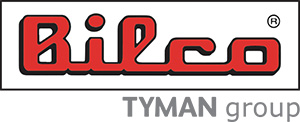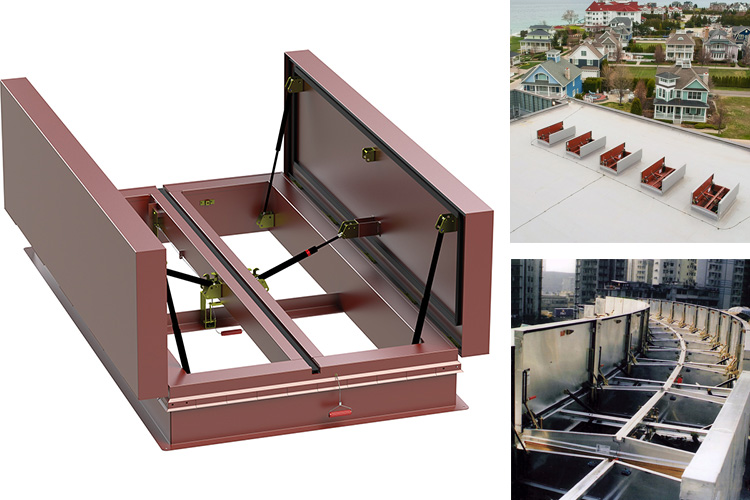Choosing the Right Acoustical Rating for Smoke Vents: A Key Consideration for Noise Control and Safety
January 21, 2025
When selecting building materials, especially for projects requiring both noise control and safety measures, understanding acoustical ratings is essential. At AECinfo.com, we strive to guide architects, designers, and construction professionals in making informed decisions. Acoustical smoke vents, like the ones developed by The BILCO Company, are a prime example of products that address these needs.
Understanding STC and OITC Ratings
The world of acoustical ratings often seems like a confusing jumble of acronyms. However, when it comes to evaluating sound control, two primary ratings stand out:
- Sound Transmission Class (STC): Measures how effectively a material prevents sound from passing from one interior space to another. It’s particularly relevant for mid- to high-frequency noises, such as conversations or office equipment. A higher STC rating (50-60) signifies effective noise blocking, while a lower rating (20-25) indicates poor sound isolation.
- Outdoor-Indoor Transmission Class (OITC): Evaluates sound transmission between exterior and interior spaces, focusing on low-frequency noises like traffic, aircraft, or construction sounds. Developed in 1990, OITC is the go-to metric for products exposed to external noise sources.
Why These Ratings Matter for Smoke Vents
Automatic smoke vents are critical safety devices, designed to expel smoke and heat during emergencies to improve visibility and protect lives. But in spaces like theaters, concert halls, or buildings near noisy environments such as highways or airports, selecting vents with appropriate acoustical ratings can dramatically enhance occupant comfort and performance.
Experts like Harold Merck, an acoustician with Merck & Hill Consultants, emphasize that OITC ratings are particularly important for roof-mounted smoke vents. While STC ratings address interior noise, OITC better accounts for the low-frequency sounds common to external environments.
BILCO’s ACDSV Smoke Vent: A Benchmark in Acoustical Performance
The ACDSV acoustical smoke vent by The BILCO Company exemplifies innovation in both safety and noise reduction. With an STC rating of 50 and an OITC rating of 46, this product offers unparalleled protection against external noise intrusion. Its performance extends further, boasting an ISO-140-18 sound rating, which assesses sound insulation against rainfall noise – a critical factor for many roof-mounted systems.
This commitment to both safety and acoustical excellence was put to the test at the Hale Centre Theatre in Utah. Located near a busy interstate and an airport, the theater incorporated 20 of BILCO’s acoustical smoke vents to reduce noise infiltration. These vents, alongside 18-inch-thick walls and other noise-reduction measures, ensured a superior acoustical experience for the theater’s 1,800 guests.
Acoustical Ratings: A Key Component in Modern Design
Selecting the right acoustical smoke vent starts with identifying whether noise concerns are interior or exterior. Products like BILCO’s ACDSV smoke vent offer a reliable solution for projects where noise control and safety converge.
For more insights on this topic, including detailed specifications of the ACDSV acoustical smoke vent, visit BILCO’s product page.
@TheBilcoCompany #TheBilcoCompany #flooraccess #roofhatches #smokevents #basementdoors
Company:  Bilco
Bilco
Product: Automatic Smoke Vents
Source: https://www.bilco.com/ProductDetail/Type-ACDSV-Acoustical-Smoke-Vent-191
Tags:


